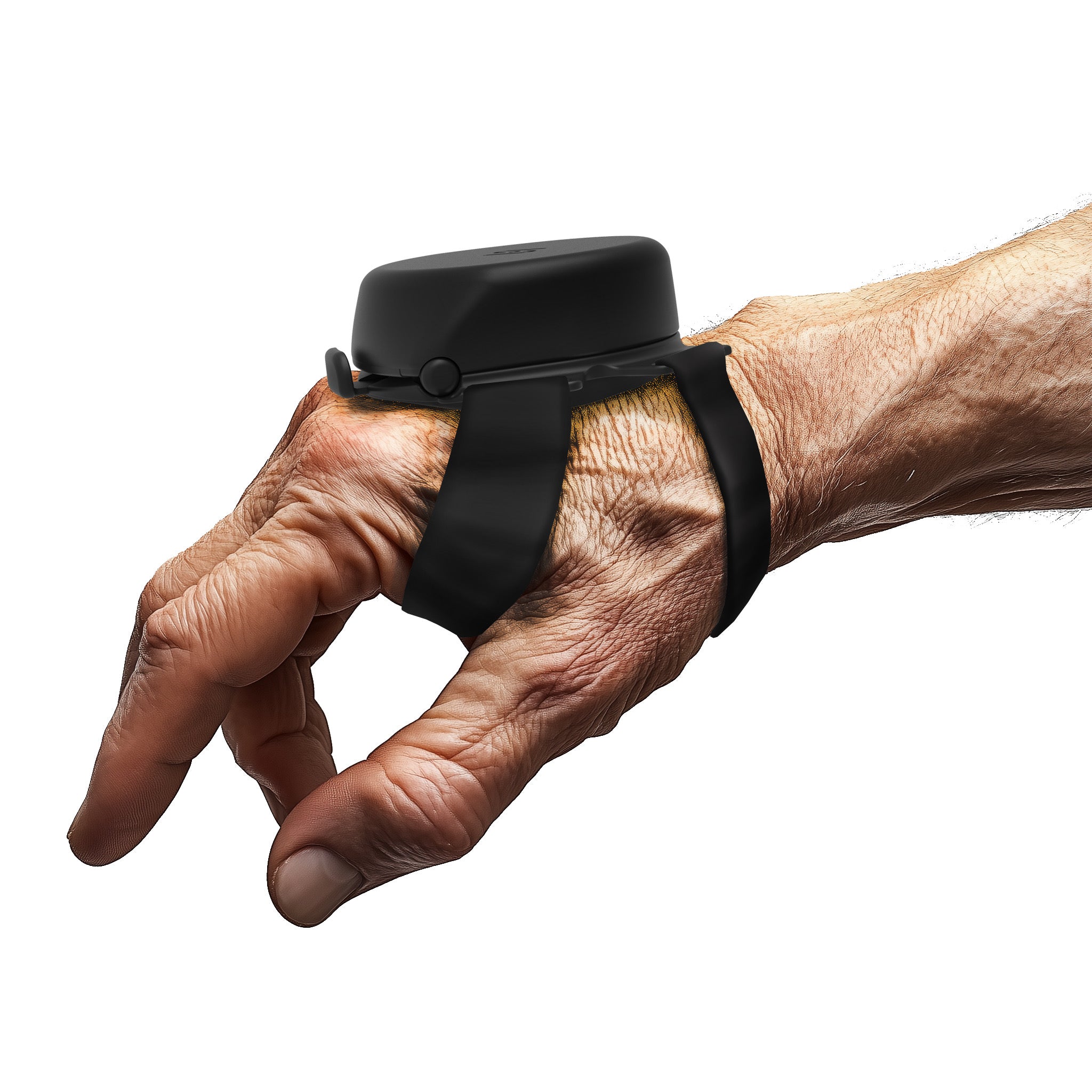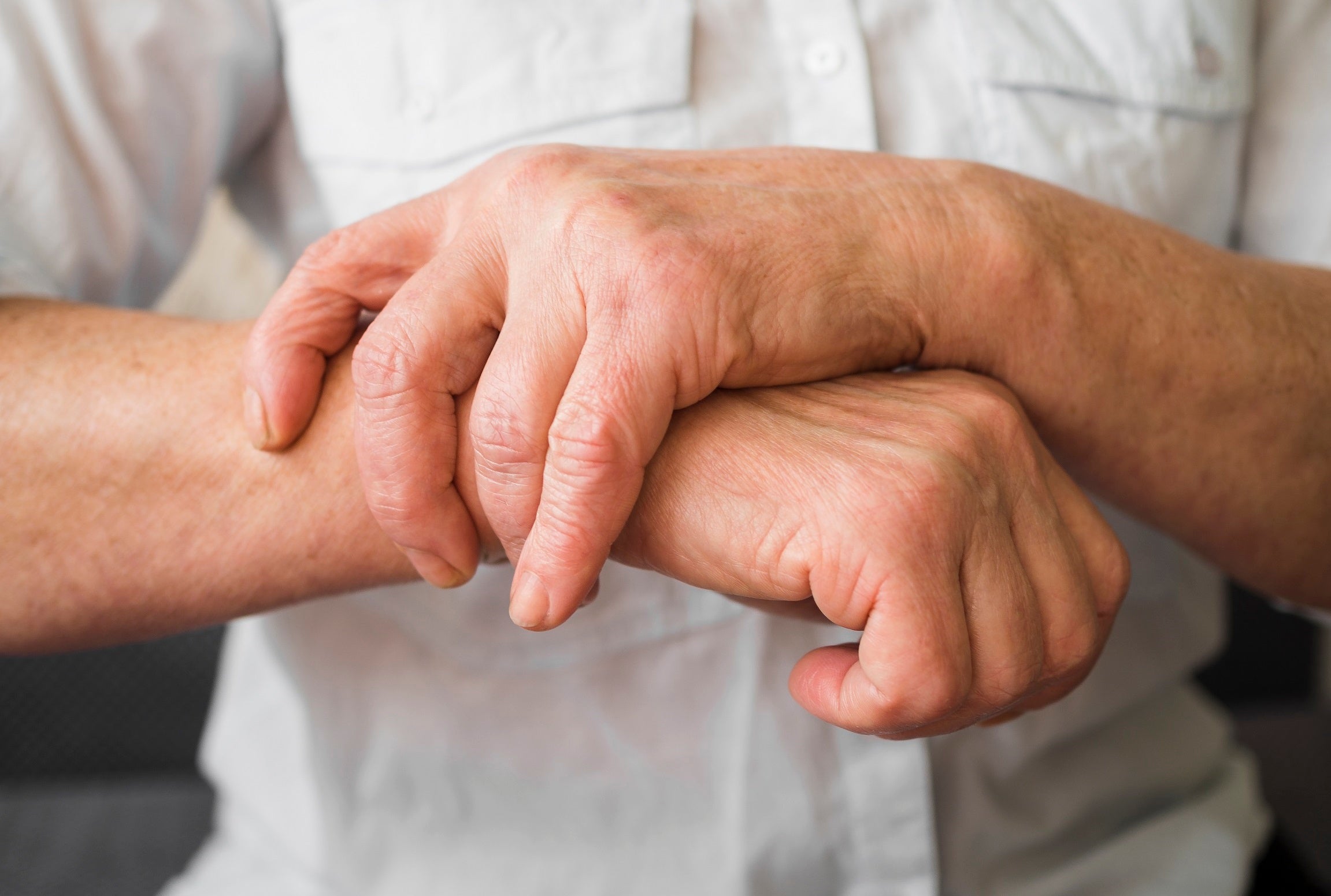As with most health conditions, tremors manifest themselves in different ways throughout the body. While essential tremors are the more commonly known type, a good example of another type would be orthostatic tremors. Join us for this quick read to learn more about these tremors, what causes them, and how to deal with them.
What Defines Orthostatic Tremors?
Orthostatic tremor is an uncommon neurological disorder that mainly affects people when they're in a standing position, especially if they're motionless. It is characterized by a rhythmic shaking or trembling of the muscles. The phrase "orthostatic" describes tremors that are more apparent when an individual is standing or sitting upright, and that tend to lessen or go away when the person is moving or sitting down.
Here are some of the key features of orthostatic tremors:
-
Frequency and Tremor Characteristics:
Leg shaking related to this type of tremor is usually high-frequency (13–18 Hz), and it can happen so quickly that it may not be noticeable to the untrained eye. Patients frequently characterize the feeling as buzzing or vibrating inside of them.
-
Postural Component:
The tremors mostly cause shaky legs, but they can also affect the torso, arms, and sometimes both. They are most noticeable in the legs and are frequently described as feeling unstable or unsteady while standing.
-
Relief with Movement or Sitting:
These tremors usually go away or get less severe when the person is moving and walking around or sitting down; some individuals even find that leaning against support while standing helps alleviate their leg tremors.
-
Difficulty in Diagnosis:
Due to its distinct features and the fact that the tremors are not easily noticeable, this type of tremors can be difficult to detect. Posturography and electromyography (EMG) are frequently utilized in the diagnosis of this neurological condition.
What Are The Causes of Leg Tremors?
We don’t know about any precise causes as this area is still undergoing research, but here are some of the factors that are thought to cause or worsen this condition.
-
Neurological Abnormalities:
Although there is still much to learn about the precise brain processes that cause this movement issue, it is thought that unusual activity in the central nervous system, specifically in the brain and spinal cord, is the cause of leg tremors.
-
Brain Imaging Studies:
Using neuroimaging methods like positron emission tomography and functional magnetic resonance imaging, some research has hypothesized that these tremors may be caused by underlying abnormalities in the cerebellum and thalamus, among other brain regions.
-
GABAergic Dysfunction:
Leg tremors may be caused by disruptions in the gamma-aminobutyric acid (GABA) neurotransmitter system. GABA is an inhibitory neurotransmitter that aids in the regulation of neuronal function, and disruptions in this system may be a factor in the development of tremors.
-
Genetic Factors:
Although the majority of cases seem to be random, there may be a hereditary component in some of them. Reports of familial cases raise the possibility of a genetic predisposition.
-
Vascular Factors:
Given the connection between blood flow and neurological function, several researchers have looked at the potential that vascular variables may be playing a role in causing these tremors. However, we don’t have a lot of evidence to support this theory yet.
What Are The Available Treatment Options:
Although we have no known cure for this condition yet, several therapeutic alternatives can be taken into consideration, most of them involve a combination of pharmacological and non-pharmacological techniques. It's crucial to remember that different people respond to therapies differently and that what works for one person might not work for another. Here are some examples of the common treatment options.
Medications:
-
Clonazepam:
This drug is a benzodiazepine that is frequently prescribed and is often thought of as the first line of treatment for shaking legs. The severity of tremors may be lessened by clonazepam's contribution to the central nervous system's increased inhibition of GABA neurotransmitter action. Its sedative properties, however, might prevent certain people from using it. -
Gabapentin:
This anticonvulsant drug may be used either alone or in conjunction with other drugs to help alleviate the symptoms.
Physical Therapy:
-
Balance Training:
It can be helpful to learn coping mechanisms for leg tremors, such as weight-shifting exercises. Physical therapy may concentrate on using this type of exercise to increase stability and balance. -
Walking Aids:
While some may feel hesitant to use such assistance, people with leg tremors can find relief by adding more support and stability with walking aids, including walkers or canes.
Deep Brain Stimulation (DBS):
Severe cases have occasionally been treated using deep brain stimulation, which is a surgical technique that involves implanting electrodes in particular brain regions. Nevertheless, there is little evidence to support its effectiveness, and it is not regarded as a typical course of treatment for shaky legs.
Lifestyle Changes:
-
Avoiding Triggers:
It can be beneficial to recognize and stay away from things like stress and specific drugs that can trigger symptoms and make matters worse. -
Seated Positioning:
Patients with leg tremors frequently find that sitting down or taking a sat position helps to relieve their symptoms.
Occupational Therapy:
Occupational therapists can help people manage their everyday activities despite their tremors by offering them tools and methods. Some tools help people shut down the tremors for as much as they need until they finish doing their daily tasks. Additionally, your therapist may have some useful and specialized pieces of advice that you won’t be able to find anywhere else.
Is There A Link Between Essential Tremors and Orthostatic Tremor?
There is little data to support the theory that these two neurological conditions may occasionally be related. Some people may develop one ailment first and the other later, or they may have characteristics of both. This is one of the reasons why this type of tremor is a bit tricky to pinpoint because it shares certain characteristics with other types of tremors. But generally speaking, what helps distinguish between the two conditions is mostly the difference in the triggering causes and characteristics.
Final Thoughts:
While this type of tremor is not fatal, it can have a substantial negative influence on a person's quality of life. Since it still has no known cure, the goal of the available treatment methods we have is to lessen the intensity of symptoms only. Seek immediate medical attention if you think you may be developing this condition or if you already have it.



